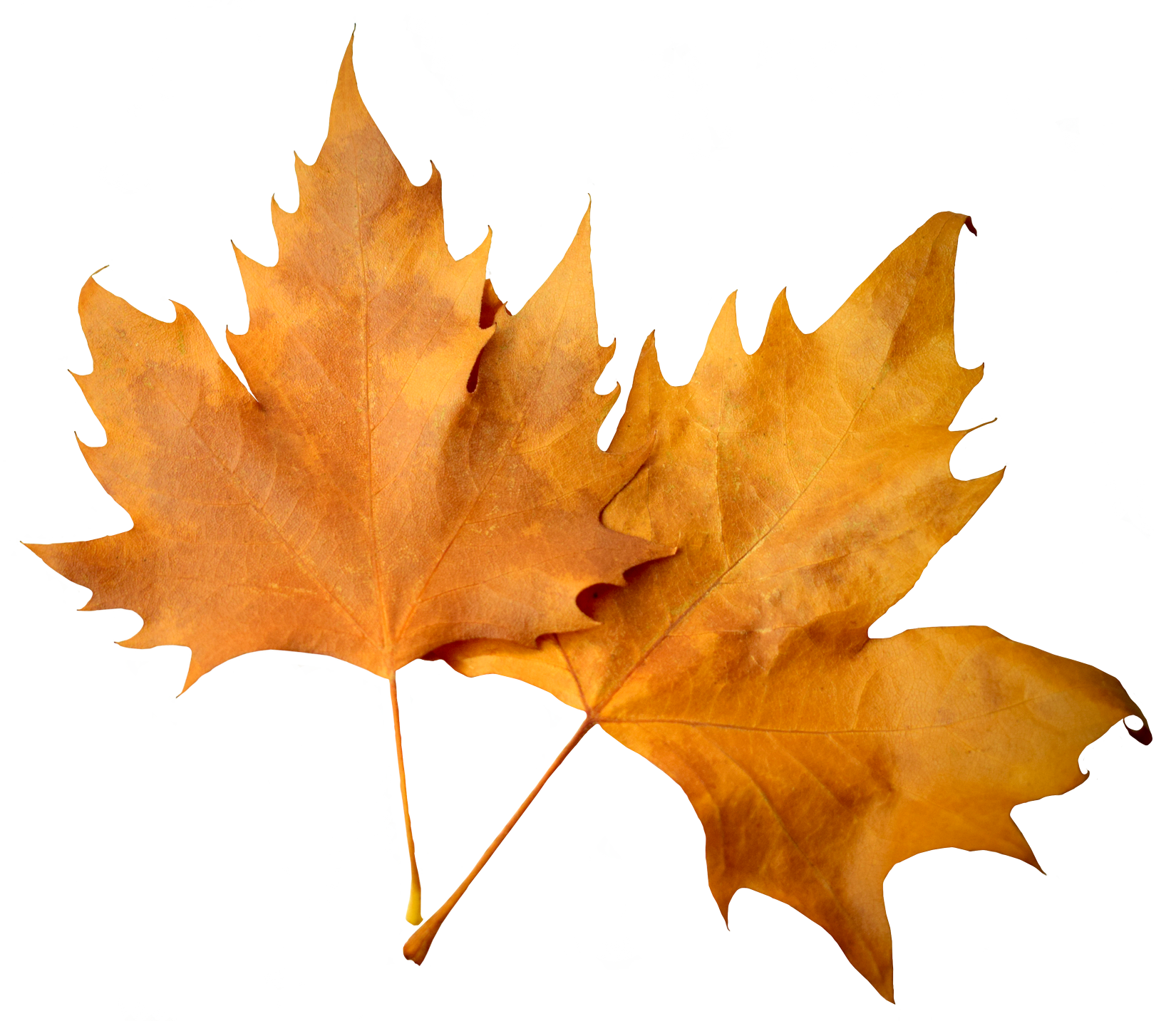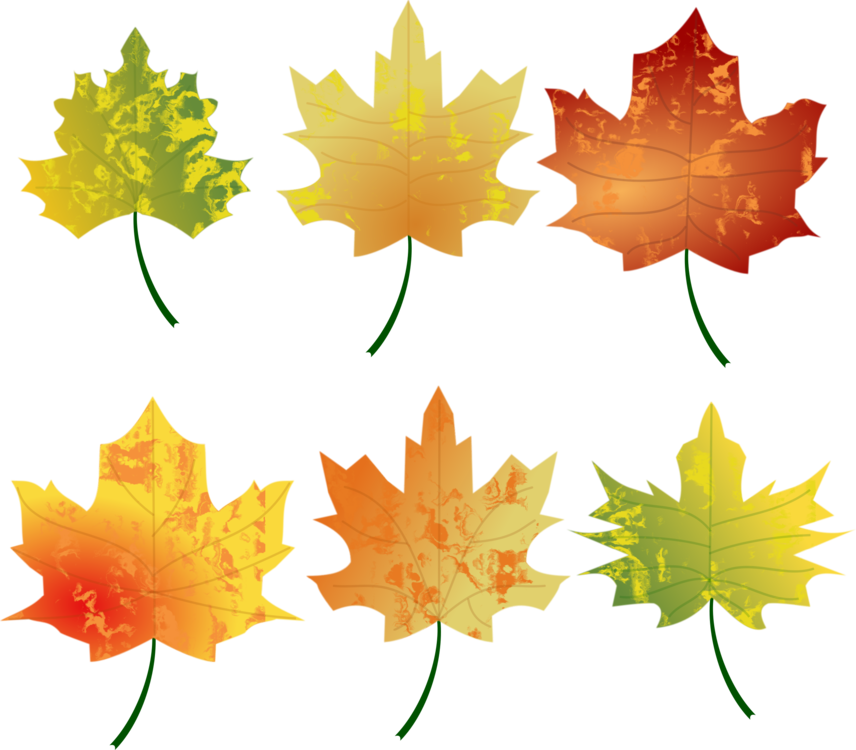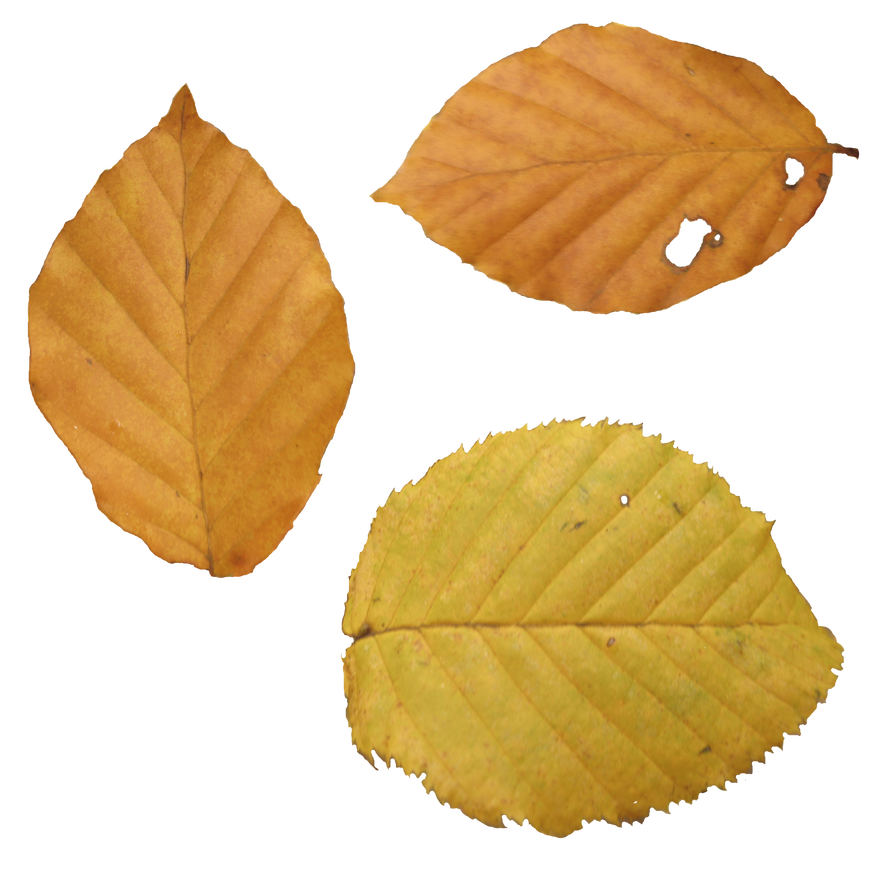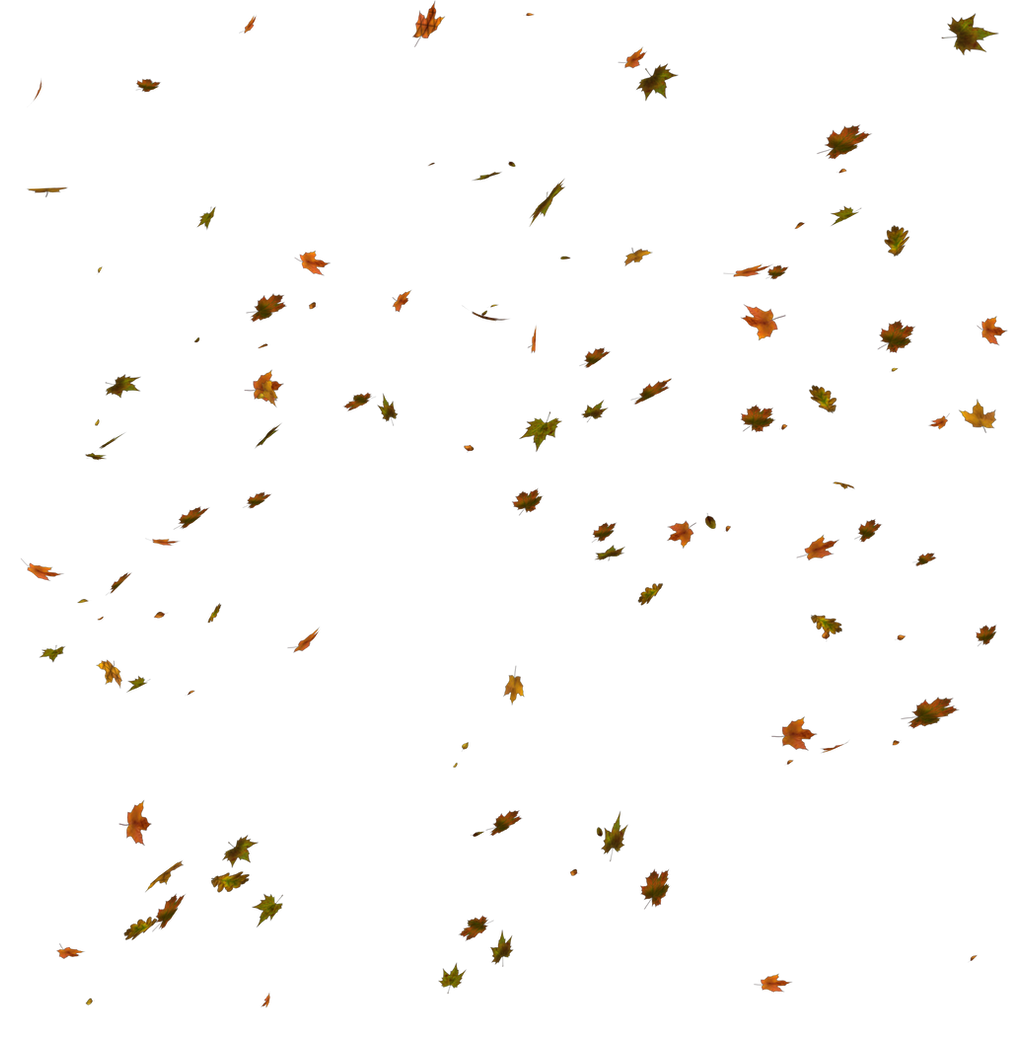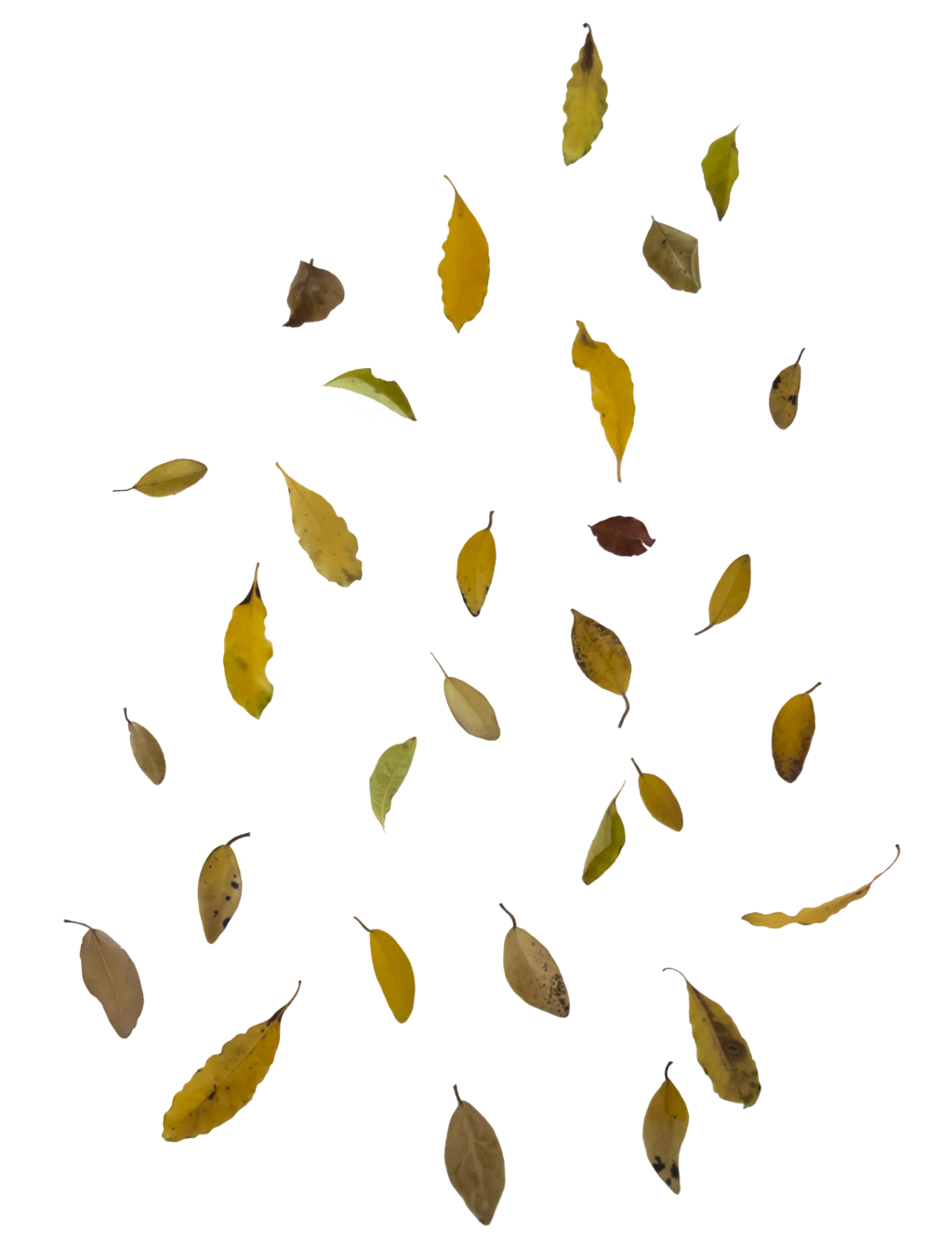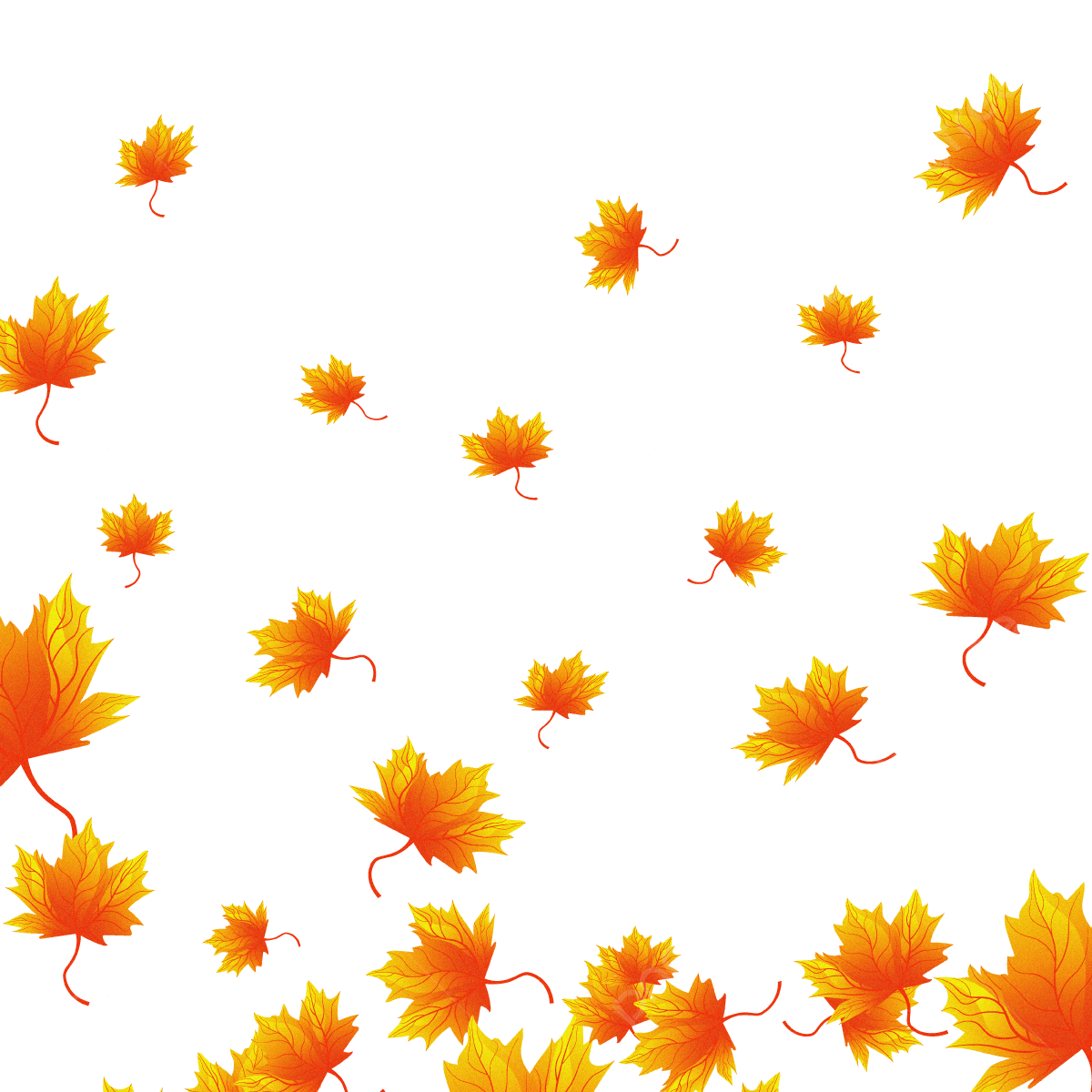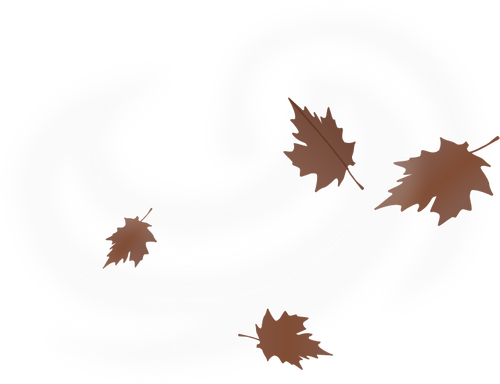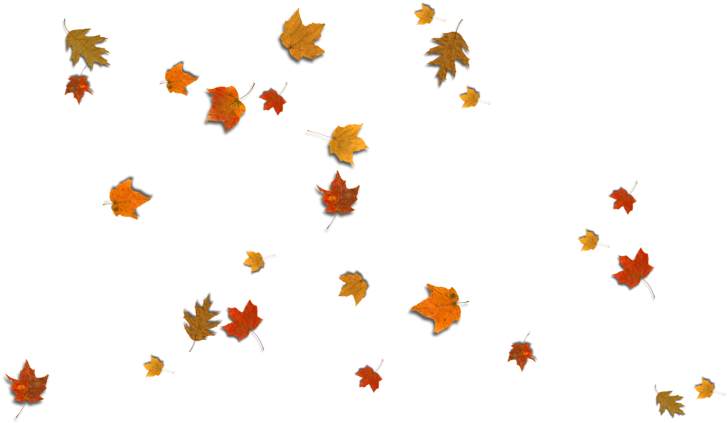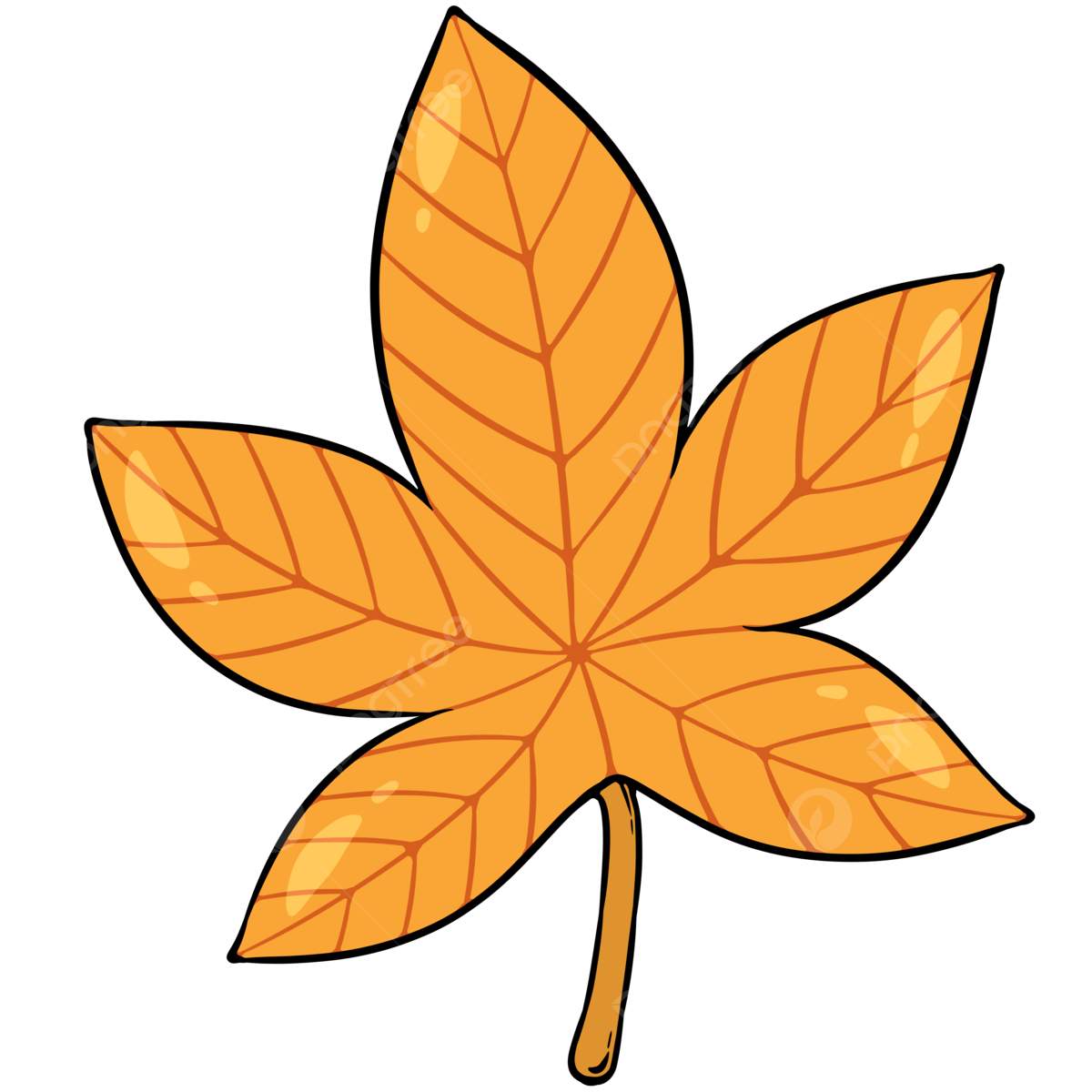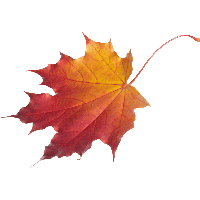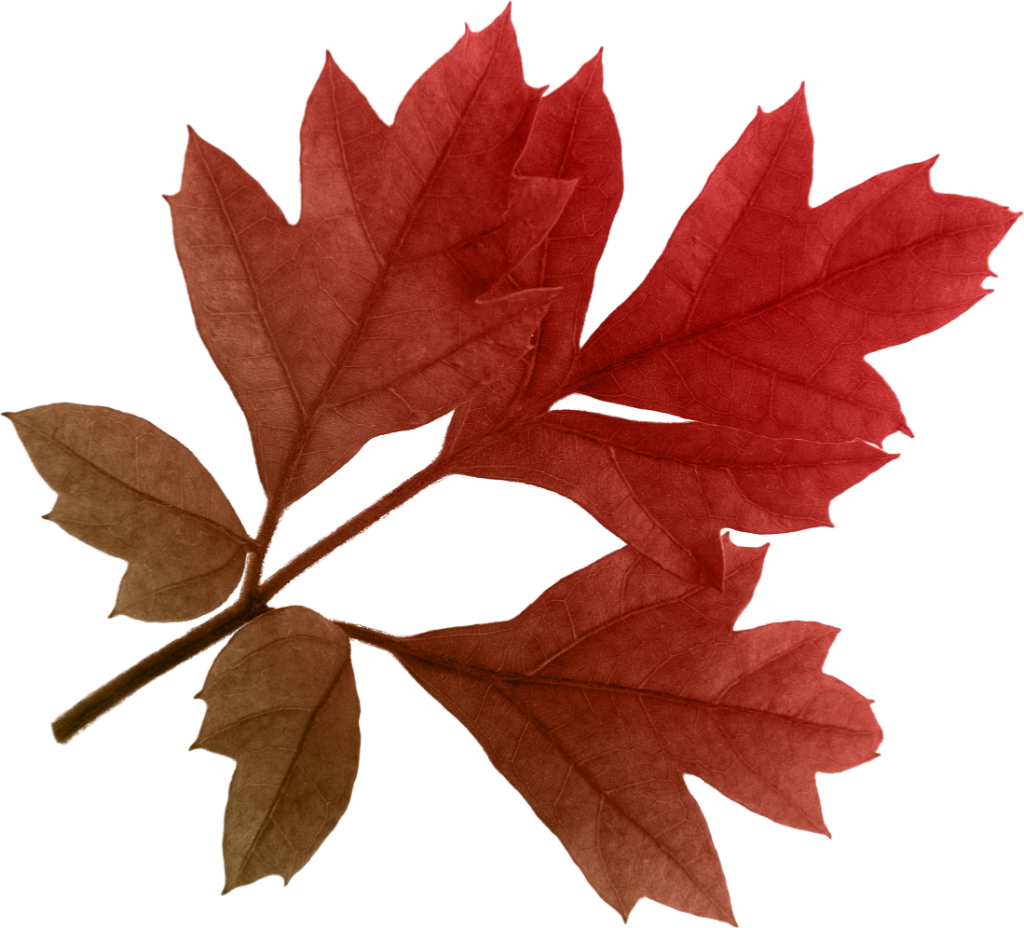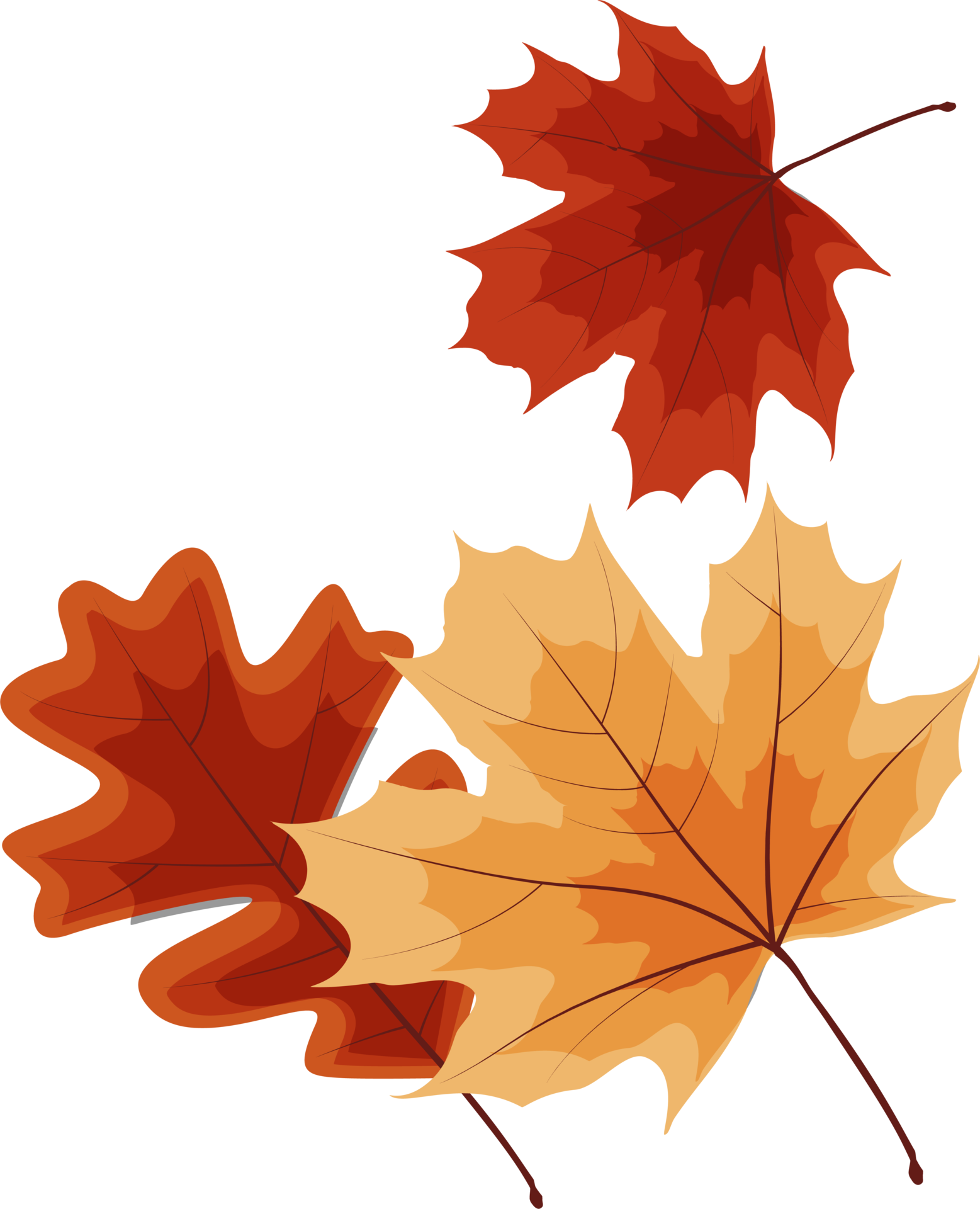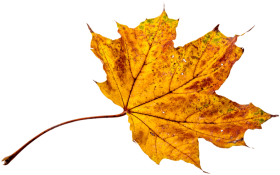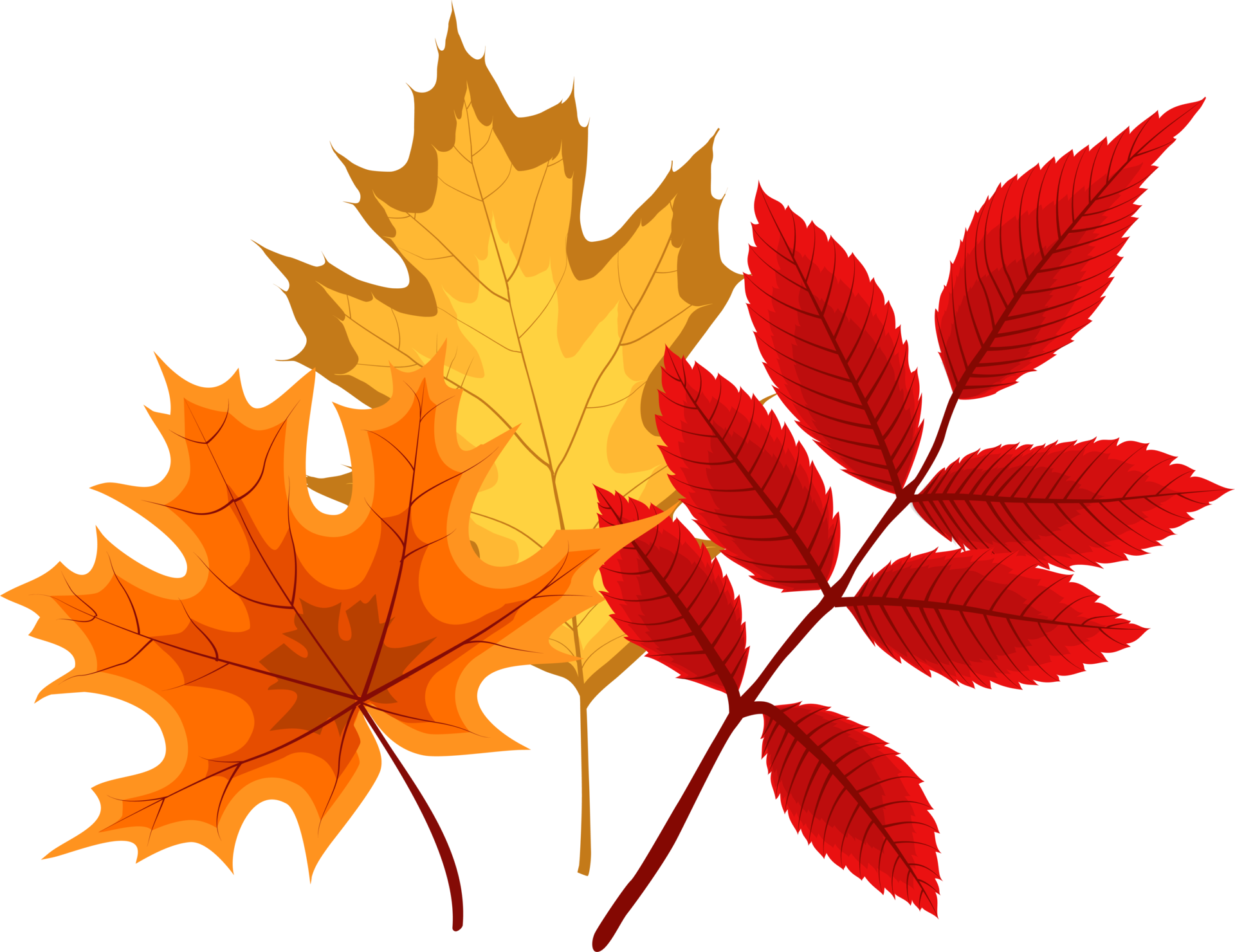Download top and best high-quality free Fall Leaf PNG Transparent Images backgrounds available in various sizes. To view the full PNG size resolution click on any of the below image thumbnail.
License Info: Creative Commons 4.0 BY-NC
The transition from summer to fall marks the beginning of the season of colors. Trees start shedding their leaves, turning green canopies into a spectrum of hues that ranges from yellow and orange to gold and red. The sight of fall leaves, especially against a blue sky, is breathtaking. In this article, we will look at fall leaves, their colors, and why leaves turn colors in the fall.
Why Do Leaves Change Color in the Fall?
Before we delve into the colors of fall leaves, it’s essential to understand why they change colors. Leaves contain pigments that give them their green color. During summer, these pigments mask other colors that are present in the leaves. Chlorophyll is the primary pigment responsible for the green color of leaves. It helps in photosynthesis, the process by which plants convert sunlight, water, and carbon dioxide into food.
As daylight hours shorten and temperatures begin to drop in the fall, trees prepare for winter. Chlorophyll production slows down, and the green pigment starts to break down. As a result, other pigments, such as carotenoids and anthocyanins, become visible. Carotenoids are responsible for yellow and orange colors, while anthocyanins are associated with red, purple, and blue shades. The shades of color that leaves produce depends on the mix of pigments in the leaves, environmental factors such as temperature and light, and the tree species.
The Colors of Fall Leaves
The range of colors that leaves can produce in the fall is astonishing. The following are some of the most common colors:
Yellow
Yellow is one of the most common colors of fall leaves. It is produced by the pigment xanthophyll. Xanthophyll is also present in green leaves, but the green of chlorophyll masks it. As chlorophyll breaks down in the fall, xanthophyll becomes visible, producing the bright yellow hues that we see in fall leaves.
Orange
Orange is another familiar color of fall leaves, produced by the pigment carotene. Some types of trees, such as sugar maples, have high concentrations of carotene in their leaves. As a result, they produce vibrant orange hues in the fall.
Red
Red is a less common color of fall leaves, but it is nonetheless a stunning sight. The pigment responsible for red hues is anthocyanin. Unlike carotenoids and xanthophyll, anthocyanins are produced in the fall as a response to the breakdown of chlorophyll. In response to cooler temperatures and less light, some trees use anthocyanins to protect their leaves from sun damage.
Brown
Brown is not a pigmented color but rather the result of the decay of pigments in the leaves. As chlorophyll, carotenoids, and anthocyanins break down, they produce brown colors. Brown leaves are a sign that the tree is entering a period of dormancy and shedding its leaves in preparation for winter.
Fall leaves are a beautiful sight to behold, and their colors are a testament to the magic of nature. The next time you see a red, orange, or yellow leaves on a tree, you’ll know that it’s because of the science behind the pigments and environmental factors that trees use to prepare for winter.
Download Fall Leaf PNG images transparent gallery
- Fall Leaf Transparent
Resolution: 4587 × 1177
Size: 865 KB
Image Format: .png
Download
- Fall Leaf
Resolution: 1650 × 1433
Size: 2068 KB
Image Format: .png
Download
- Fall Leaf No Background
Resolution: 856 × 750
Size: 376 KB
Image Format: .png
Download
- Fall Leaf PNG Clipart
Resolution: 894 × 894
Size: 989 KB
Image Format: .png
Download
- Fall Leaf PNG Cutout
Resolution: 3228 × 2262
Size: 1324 KB
Image Format: .png
Download
- Fall Leaf PNG File
Resolution: 1024 × 1037
Size: 232 KB
Image Format: .png
Download
- Fall Leaf PNG Free Image
Resolution: 1024 × 1338
Size: 315 KB
Image Format: .png
Download
- Fall Leaf PNG HD Image
Resolution: 1200 × 1200
Size: 678 KB
Image Format: .png
Download
- Fall Leaf PNG Image HD
Resolution: 500 × 384
Size: 217 KB
Image Format: .png
Download
- Fall Leaf PNG Image
Resolution: 727 × 423
Size: 90 KB
Image Format: .png
Download
- Fall Leaf PNG Images HD
Resolution: 1200 × 1200
Size: 244 KB
Image Format: .png
Download
- Fall Leaf PNG Images
Resolution: 200 × 200
Size: 26 KB
Image Format: .png
Download
- Fall Leaf PNG Photo
Resolution: 1024 × 928
Size: 1028 KB
Image Format: .png
Download
- Fall Leaf PNG Photos
Resolution: 1557 × 1920
Size: 376 KB
Image Format: .png
Download
- Fall Leaf PNG Pic
Resolution: 280 × 175
Size: 49 KB
Image Format: .png
Download
- Fall Leaf PNG Picture
Resolution: 1920 × 1480
Size: 661 KB
Image Format: .png
Download
- Fall Leaf PNG
Resolution: 280 × 182
Size: 34 KB
Image Format: .png
Download

